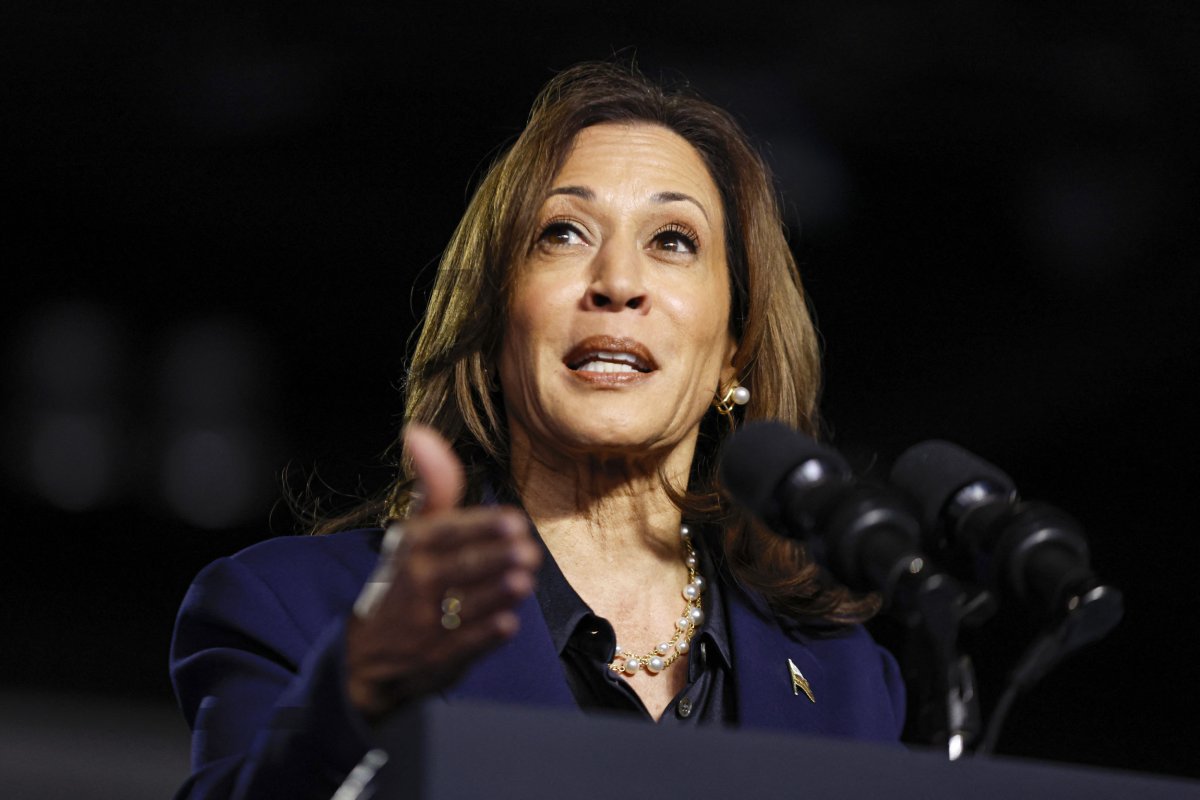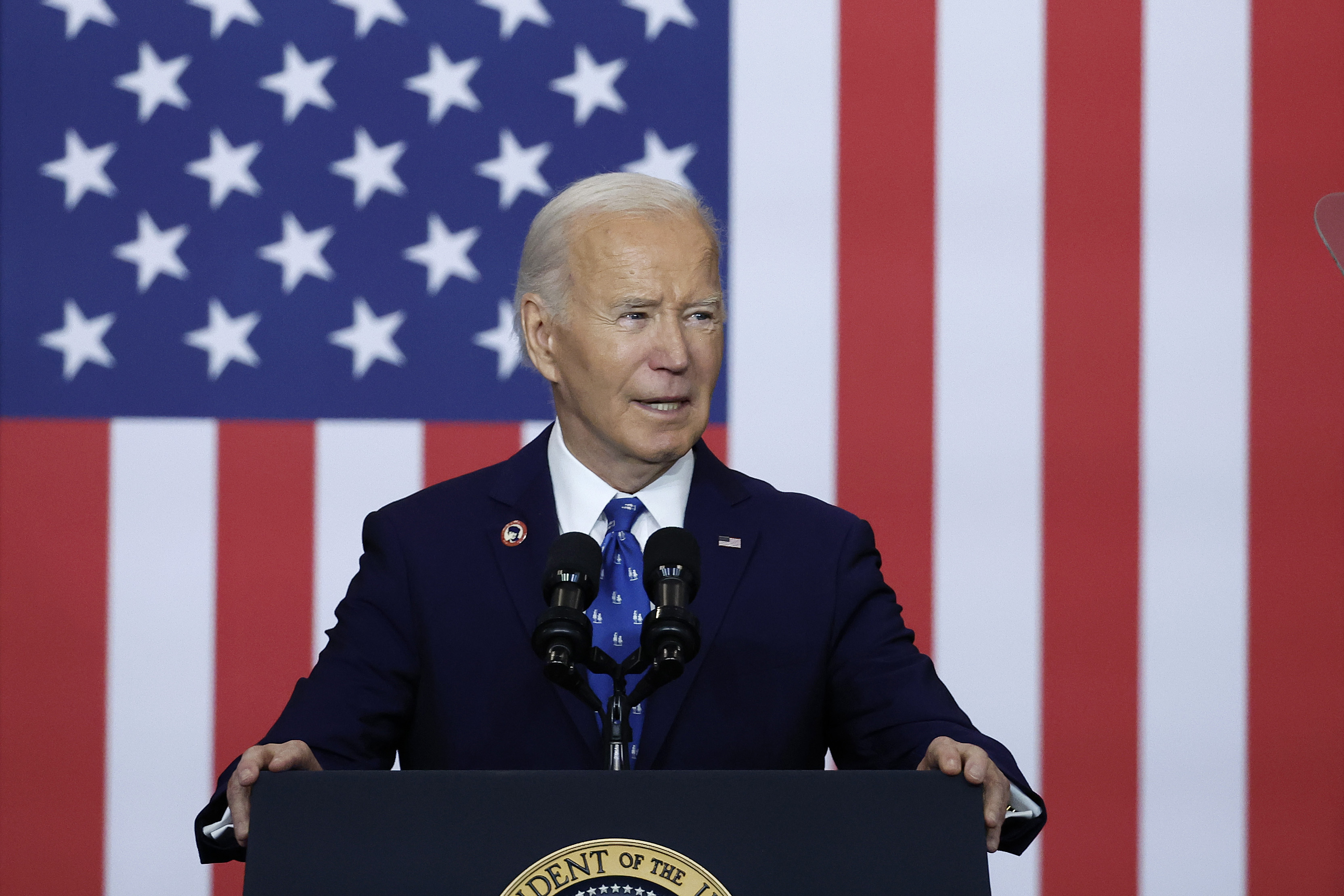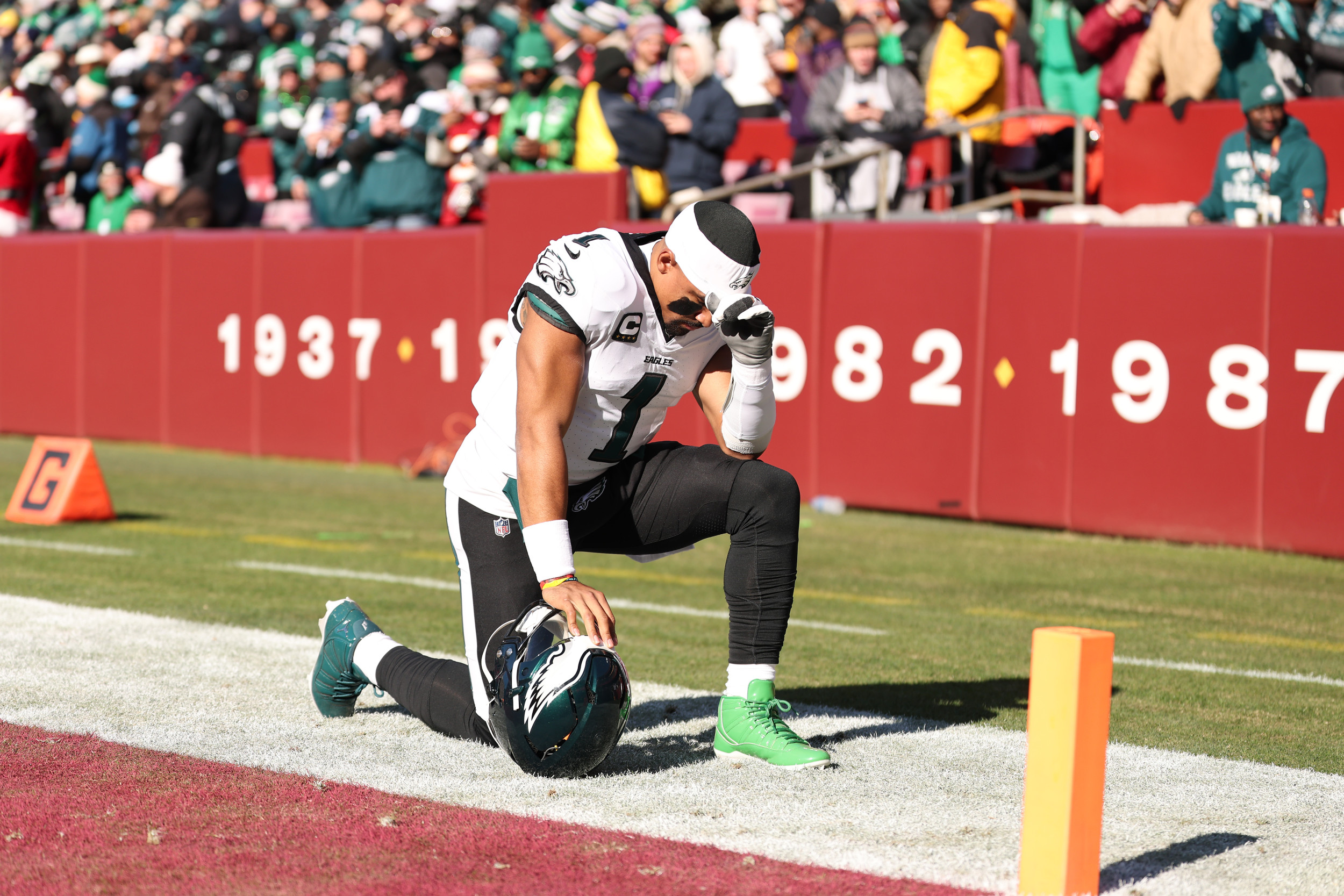Vice President Kamala Harris holds a smaller polling lead than President Joe Biden or former Secretary of State Hillary Clinton did at the same point in the 2020 and 2016 elections.
Early voting is underway in many states, including several battlegrounds expected to determine the outcome of the race between Harris and former President Donald Trump. Polling this year has been especially close, with neither candidate having a clear lead just over two weeks from Election Day.
This contrasts with the past two presidential election cycles, when Biden and Clinton held more comfortable polling leads against Trump. Both Democratic candidates' leads were ultimately larger than the margin by which they won the popular vote, with Clinton losing the Electoral College.
FiveThirtyEight and RealClearPolitics shared Harris with a modest lead over Trump on Monday.
FiveThirtyEight showed Harris up 1.7 points, with an average of 48.1 percent of voters saying they plan to vote for her, with 46.4 percent saying they are voting for Trump, in their aggregate of recent polls. RealClearPolitics showed Harris up 1, earning support from 49.2 percent of voters on average, compared to Trump's 48.2 percent.
On October 21, 2020, Biden led Trump by 9.9 points in FiveThirtyEight's average and 6.2 percent in RealClearPolitics' average. At the same point in 2016, both FiveThirtyEight and RealClearPolitics showed Clinton up 6.2 points.
Biden won 2020's popular vote by 4.5 points, with more narrow margins in the key battleground states. Meanwhile, Clinton carried the popular vote by 2.1 points, narrowly losing most battlegrounds.
Newsweek reached out to the Harris and Trump campaigns for comment via email.
If 2024 sees a polling error similar to 2016 or 2020, it could mean troubling news for Harris. However, polling experts have warned that polling error cannot be duplicated from year to year, as pollsters have adjusted their methodologies since 2020 in hopes of being more accurate.
Ashley Koning, director of the Eagleton Center for Public Interest Polling at Rutgers University, previously told Newsweek that pollsters have begun using more text messages and panels rather than just phone calls, have been including education in their weighting and have been using past vote history to correct any potential undercount of Trump's support.
For instance, the 2012 election saw more favorable polls for Republicans than the eventual results. RealClearPolitics showed then-President Barack Obama with only a 0.2-point lead on October 21, with their final average showing Obama up 0.7 points. He ended up winning the popular vote by about 3.9 votes and a convincing Electoral College win.

Harris has generally held a popular vote lead, but it's unclear how a modest national lead may translate to swing states needed to win 270 Electoral College votes.
A Suffolk University/USA Today poll conducted among 1,000 likely voters from October 14 to October 18 showed Harris up one point over Trump (45 percent to 44 percent). Third-party and independent candidates received about three percent support in total.
The poll had a margin of error of plus or minus 3.1 points.
Meanwhile, a Washington Post poll of the seven key battleground states—Arizona, Georgia, Michigan, Nevada, North Carolina, Pennsylvania and Wisconsin—showed Harris up one point in those states, with leads in Georgia, Michigan, Pennsylvania and Wisconsin. While Nevada was tied, Trump held a lead in Arizona and North Carolina.
It polled 5,016 likely voters across those states from September 30 to October 15 and had a margin of error of plus or minus 1.7 percentage points.
In the final stretch of the campaign, Harris and Trump will spend the next few weeks traversing these key states in hopes of winning over the last few undecided voters and convincing their supporters to head to the polls. Swing states like North Carolina have seen high voter turnout in the first days of early voting.




















 English (US) ·
English (US) ·